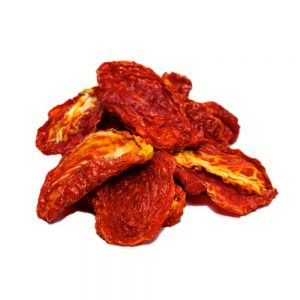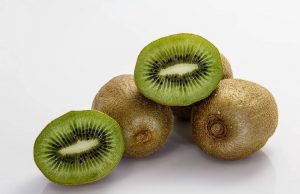A Booming Global Market for Gourmet Food Lovers
Dried tomatoes have gained popularity worldwide as a flavorful, convenient, and versatile ingredient. As a result, they have become a staple in kitchens across the globe. With consumers seeking unique, healthy, and easy-to-use food options, demand for dried tomatoes is growing rapidly. Therefore, exporting dried tomatoes presents an exciting opportunity in the global food market. In the sections below, we explore why demand is increasing and how exporters can tap into this thriving industry.


Why Dried Tomatoes Are in High Demand
Dried tomatoes are valued for their culinary versatility, health benefits, and long shelf life. Together, these qualities make them attractive to both home cooks and professional chefs.
1. Versatile Culinary Use
Dried tomatoes enhance a wide variety of dishes, including pastas, pizzas, salads, and soups. Because of their concentrated flavor, they elevate the taste of many recipes. Moreover, many food manufacturers now use dried tomatoes in ready-to-eat meals and snack products. As culinary trends expand globally, this versatility continues to drive demand. For instance, the growing popularity of Mediterranean and plant-based cuisines boosts their appeal across different markets.
2. Health Benefits
Dried tomatoes are rich in vitamins, minerals, and antioxidants. Specifically, they offer vitamin C, potassium, and lycopene—an antioxidant linked to heart health. In addition, their low-calorie content makes them suitable for weight-conscious and health-focused consumers. As wellness trends gain momentum, more shoppers are seeking nutritious, flavorful alternatives like dried tomatoes.
3. Long Shelf Life and Easy Storage
Unlike fresh tomatoes, dried tomatoes do not require refrigeration. This makes them especially convenient in areas where fresh produce is limited. Furthermore, their extended shelf life reduces waste and supports long-distance transportation. For businesses, this means fewer logistical challenges and greater cost efficiency.
Key Export Markets for Dried Tomatoes
As demand rises, several regions have emerged as key importers. Below are three markets showing strong growth potential.
1. Europe
Europe remains one of the largest markets for dried tomatoes. Countries like Italy, Spain, and Greece use them extensively in traditional recipes. Additionally, the Mediterranean diet—rich in vegetables, olive oil, and dried tomatoes—is gaining popularity beyond the region. This trend drives further demand for high-quality, authentic products. As a result, Europe offers attractive opportunities for exporters with premium offerings.
2. United States
The U.S. market is rapidly expanding for dried tomatoes. Increasingly, American consumers are exploring global cuisines, especially Mediterranean and Italian flavors. In line with health-conscious eating patterns, many are turning to dried tomatoes as a flavorful, nutritious option. Consequently, exporters can succeed in the U.S. by emphasizing these benefits in their branding.
3. Middle East and North Africa (MENA)
The MENA region has a long-standing tradition of using dried tomatoes in local cuisine. Countries such as the UAE, Egypt, and Saudi Arabia are key buyers. At the same time, growing interest in international cuisine and healthy eating is boosting demand. Therefore, exporters offering authentic and high-quality dried tomatoes can capitalize on this expanding market.
How to Successfully Export Dried Tomatoes
To thrive in this market, exporters must align their products with global quality standards and consumer expectations.
1. Source High-Quality Tomatoes
The foundation of a great product is excellent raw material. By working with reputable farmers and suppliers, exporters can ensure consistent product quality. Ultimately, top-tier dried tomatoes build trust and repeat business.
2. Meet International Standards and Regulations
Each country has its own food import regulations. These include labeling, packaging, and certifications such as organic or non-GMO. To ensure compliance, exporters must stay informed and prepared. Moreover, third-party certifications can enhance product appeal to conscious consumers.
3. Effective Branding and Marketing
In today’s competitive landscape, strong branding is essential. By highlighting the product’s health benefits, origin, and traditional preparation methods, exporters can create a compelling brand story. In addition, eco-friendly packaging can appeal to environmentally minded customers, especially in Europe.
Exporting dried tomatoes represents a promising venture in the growing global food market. Thanks to their versatility, nutritional value, and shelf stability, dried tomatoes are increasingly in demand in Europe, the U.S., and MENA. By focusing on product quality, regulatory compliance, and smart marketing, exporters can position themselves for long-term success. In summary, dried tomatoes are not just a trend—they’re a strategic opportunity for growth in international trade.






